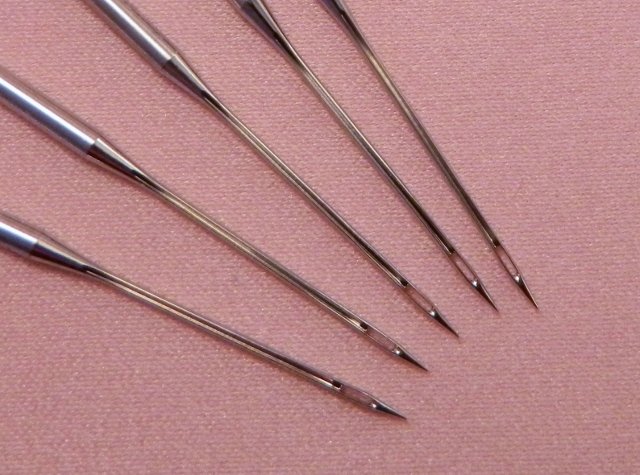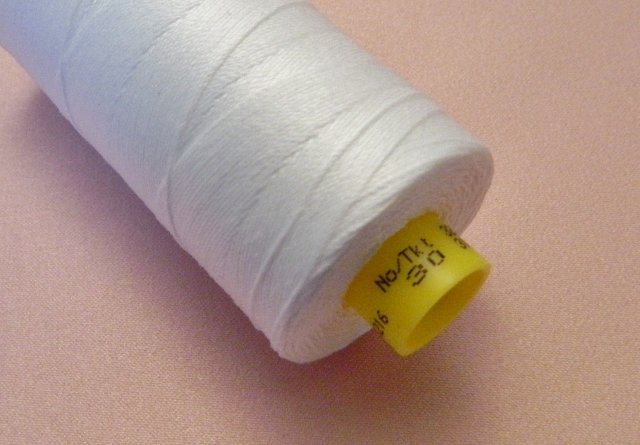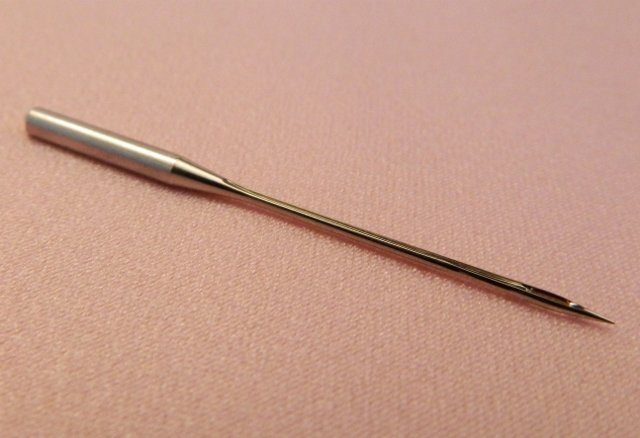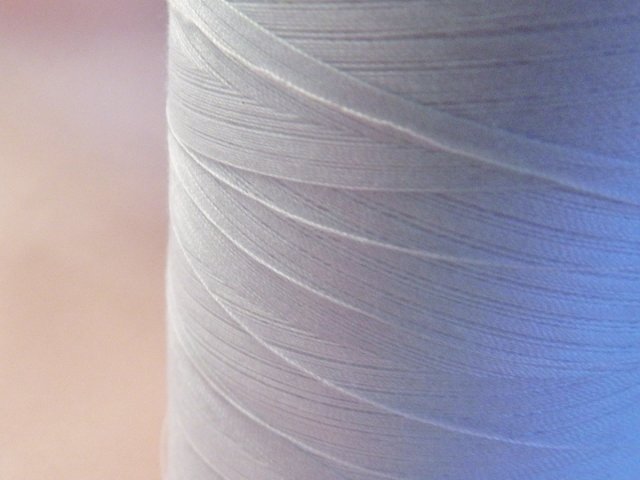Needle and Threads–Sizes and Helpful Tips
- General rule of thumb — New needle for each new sewing project. Bent needles are dangerous and not only damage your machine but can break and cause an injury.
- Domestic sewing machine needles have a flat shank for easier positioning in the needle bar of the machine.
- Most Schmetz needles are easily identified with colour—Jeans is Blue, Microtex is Purple, Stretch is Yellow, Quilting is Green, Embroidery is Red.
- The needle size is the size of the shaft diameter (Just above the eye) i.e. Number 80 needle is 0.80 mm diameter
- For regular sewing choose the needle size on thickness of thread-(If you struggle to thread your needle then more than likely the needle is too small), also the weight of the fabric can determine size chosen -i.e. 70 or 80 size needle would suit a Linen or Lycra fabric.
- The point or type of needle is then chosen to match the type of fabric – i.e. stretch for lycra.
- Above the thread hole is a groove which should just allow your thread to fit into. If it doesnt fit choose a bigger size needle
- A correctly chosen new needle should give you at least 8 – 10 hours of trouble free sewing.
Needle application suggestions—-
- Chiffon/Georgette—Universal or Microtex about size 70

- Denim–Jeans 90
- Cotton—Universal 70 – 90
- Thin Cotton Knits—Stretch 75
- Elastic—Stretch ±70
- Foils—Microtex ±70
- Jaquard—Universal 80
- Lycra—Stretch ±70-80
- Microfiber—Microtex ±75
- Silk—Microtex 60-80
- Tulle—Universal or stretch/Jersey 70-80
Thread Information–
Choosing correct thread is very important as each application is different.
- First look at the strength required for each seam you are sewing, then at your fabric being used.
- How long must your garment last and what stresses is it being placed under.
- Type of sewing machine and your budget are also factors
- Be careful not too use cheap thread on a project costing hours of labour and using expensive fabric. Match type for type.
- Understanding how thread is made will help you in choosing the correct type of thread for each application.
- Cheap threads which are not spun correctly will cause breaking and seam instability.
- Storage of your threads-A big problem for sewing machines is when excessive lint collects in the works and causes damage.
- Try store your threads somewhere where they are protected from dust and sunlight.
Thread Size Measurement–
Most common types of measurement systems for threads—-
Weight – (From English) –
Small weight number =Heavier thread.
Length measurement- 30 km of thread weighs 1 kg.=30 weight
Denier – (From French) –Usually synthetic threads
Large denier number =Heavier thread
Weight of 9000 metres of thread. If it weighs 120 grams =is a 120 denier thread
Tex – (From American)
Large Tex numbers are heavier threads
Weight of 1000 metres of thread in grams. If 1000 metres weighs 30 grams it has a Tex 30 number
You have to find the thread that works for you whatever the constraints but be aware––
- Heavier threads – loosen your sewing machine tension
- Heavier threads –use a larger needle
- Schmetz recommends the eye of the needle should be 40% larger than the diameter of the thread.
- If you are struggling to thread your needle then the thread is too thick or the needle is too small
Thread construction—
Brief notes on Corespun threads and Spun threads
Corespun Threads–
Corespun threads are 40% stronger than Spun polyester threads, so where you have a seam which will be under stress it is important to use a superior thread and to know the difference between them.
Spun polyester is made up of single yarns twisted together where Corespun thread is a continuous filament of polyester fibres with a cotton or polyester staple wrapper spun around it. The core is 60% of the construction of the thread and this makes it stronger, resistant to abrasion, and it also has less stretch so it helps reduce seam puckering. A cotton wrapper improves needle heat resistance-i.e. when used in embroidery.
A 120 Spun polyester thread is fine to use on lighter applications and in finer fabrics where the seams are not under stress.
Cheap threads are exactly that, they have no strength and break easily as they are made with bits of yarn spun together. The yarn is not twisted together nor spun around a core filament. They are not worth destroying hours of work, let alone frustration, when sewing with them.
Experiment by putting tension on a thread, see the breaking point and then whether it is suitable to use on your project.
 Valorose Tutus and Textiles
Valorose Tutus and Textiles
